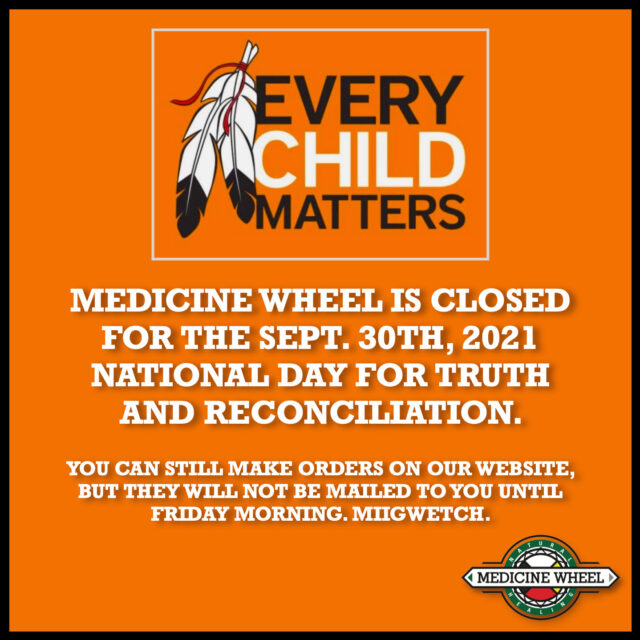Seniors are increasingly using cannabis medically. Indeed, some studies suggest that seniors may in fact be the fastest-growing demographic to use medical cannabis.
As access and information become more open, many elders are increasingly choosing cannabis over pharmaceuticals.
However, seniors are perhaps the most underserved group when it comes to medical cannabis. Until recently, cannabis and cannabis-derived products have been difficult to access for seniors, in part because of the deep stigma around cannabis that most seniors have grown up with.
In urban spaces, dispensaries are geared towards a younger crowd. Often, the emphasis is on products with higher concentrations of THC (tetrahydrocannabinol), the part of the plant that is psychoactive and produces the “high” or feeling of euphoria. To complicate matters, medical cannabis strains are named in a way that reveals little about their medical properties. In these loud retail environments, getting adequate and accessible information can be a challenge for many seniors.
Cannabis is a plant that has the potential to not only treat, but also cure illness. The potential lies in the fact that medical cannabis users can become their own healers. This is because cannabis is perhaps the most powerful healing plant and simultaneously among the safest plant therapies. It is impossible to overdose on cannabis.
For seniors wishing to take charge of their own healthcare, gaining freedom from the pharmaceutical industry is possible, and can be relatively simple, with access to medical cannabis.
First, seniors require clear information about the active elements of the plant and what they treat. Taking a whole plant therapy approach, seniors should have access to a comprehensive set of information about CBD (cannabidiol) and THC, emphasizing the importance of CBD as the key medicinal chemical compound found in cannabis.
Second, seniors should be given the option to use THC in a way that is comfortable for them. For seniors suffering from arthritis, particularly in their hands – or seniors with any respiratory issues – opting for non-smoking options for THC use is ideal. Cannabis educators should take into account challenges with rolling joints and provide alternative options for use such as pre-roll joints, bongs, pipes, vaporizers, edibles, tinctures, and more.
Third, cannabis educators need to be sensitive to the fact that many seniors do not want to ‘get high’. Instead, seniors could be introduced to the uses, effects and side effects of edibles. In small amounts, THC edibles can minimize the experience of feeling ‘high’ and achieve the necessary medical benefits. For seniors dealing with insomnia, eating edibles before bed has long-lasting effects that will help produce restful sleep through the night.
Fourthly, seniors would benefit from learning about the role of terpenes. Terpenes are essential to the treatment of illness through self-medication. Terpenes release the unique aroma identity of any cannabis plant. This means that learning to identify the dominant terpenes by becoming familiar with each strain’s aroma will help users identify the best therapeutic strain of cannabis.
Research suggests that seniors use medical cannabis primarily to treat chronic pain, insomnia and arthritis. There are particular, easy to identify, terpenes that treat these conditions effectively. The terpene Pinene, which smells like pine trees, treats chronic pain. Linalool, which smells like hops, treats arthritis. Myrcene, which smells fruity or sweet, treats insomnia.
Using this information, seniors can be supported to identify the dominant terpene by smell and be able to access medical cannabis to treat their conditions. Through education, seniors can become empowered to obtain the terpene-specific strains of cannabis flower or concentrates to treat and heal their common conditions. This approach recognizes that it is ultimately the patient who is aware of their own bodily needs. By empowering patients with information, cannabis educators can support the self-healing of seniors and emancipate them from the pharmaceutical industry.


